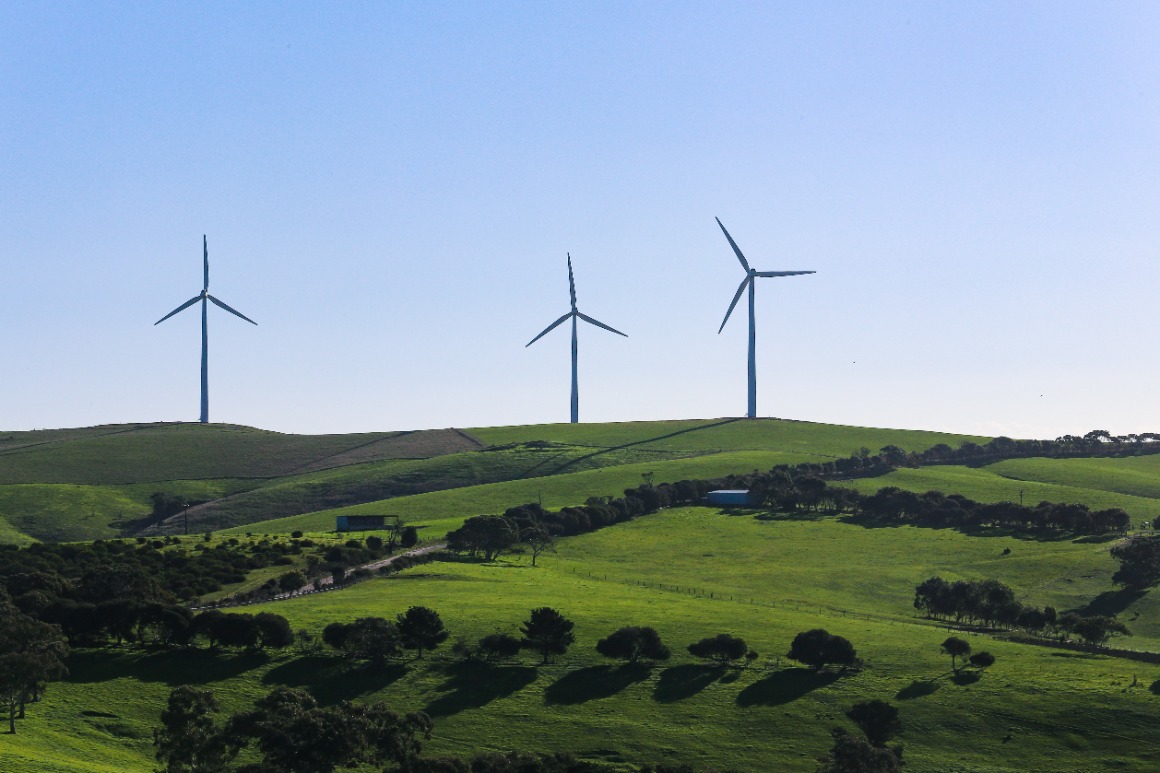How leisure facilities can save energy without affecting the customer experience
Long hours, temperature-sensitive spaces and constant pressure on service can leave energy low on the to do list. Still, when comfort slips, guests...
3 min read
 Stephanie Beadling
Jul 30, 2025 9:21:00 AM
Stephanie Beadling
Jul 30, 2025 9:21:00 AM

For UK business owners, the Renewables Obligation (RO) and its associated costs, including the Environmental Taxes, have been persistent pain points, chipping away at profit margins and hindering sustainability efforts.
However, amidst these challenges lies some relief: the Enhanced Capital Allowance (ECA) scheme under the EII Renewables Levy Exemption. In this guide, we’ll take a closer look into the scheme and give insights into the qualifying criteria.
The Renewables Obligation (RO) levy has long been a burden for businesses across various sectors, exacerbating operational costs and dampening competitiveness. Coupled with the broader context of environmental taxation, which aims to incentivise renewable energy uptake while penalising carbon-intensive practices, the financial strain on businesses can be palpable. This levy not only affects the bottom line but also poses significant challenges to businesses striving for sustainability and environmental responsibility.
Amidst the fiscal gloom, the EII Renewables Levy Exemption Scheme emerges as a ray of hope for UK businesses. Established to encourage investments in energy-efficient technologies, the scheme offers a lifeline to businesses seeking relief from the burden of environmental levies. At its core lies the Enhanced Capital Allowance (ECA), a mechanism that allows businesses to offset the full cost of eligible energy-saving equipment against taxable profits in the year of purchase.
EII Renewables Levy Exemption Scheme, designed to support UK businesses in managing the costs associated with renewable energy policies.
Financial Relief: The ECA enables businesses to significantly reduce their tax liabilities by accelerating capital allowances on qualifying energy-efficient investments. This translates into tangible cost savings, boosting profitability and financial resilience.
Enhanced Sustainability: By incentivising the adoption of energy-efficient technologies, the scheme empowers businesses to reduce their carbon footprint and contribute to broader environmental objectives. From renewable energy generation to energy-efficient lighting systems, the scope of eligible investments spans a wide array of technologies, catering to diverse business needs.
Competitive Advantage: Embracing energy efficiency not only aligns businesses with regulatory requirements but also enhances their competitive edge in an increasingly sustainability-conscious market. Demonstrating a commitment to environmental stewardship can bolster brand reputation, attract environmentally conscious consumers, and unlock new business opportunities.
While the benefits of the EII Renewables Levy Exemption Scheme are undeniable, navigating the qualifying criteria is crucial to leveraging its full potential. Here are key considerations for businesses:
Technology Eligibility: To qualify for the ECA, investments must align with specified energy-saving criteria outlined by the government. From energy-efficient boilers and HVAC systems to renewable energy generation equipment, ensuring compliance with designated technology categories is essential.
ECA Accreditation: Prior to making investments, businesses should verify that the chosen equipment holds ECA accreditation. This certification signifies compliance with stringent energy efficiency standards and is a prerequisite for claiming capital allowances under the scheme.
Timing of Investments: Leveraging the ECA requires strategic planning to maximise tax benefits. Businesses should carefully time their investments to coincide with the fiscal year in which they intend to claim capital allowances, ensuring optimal utilisation of available allowances.
Documentation and Compliance: Maintaining meticulous records and documentation is paramount to substantiating ECA claims. From invoices and product specifications to compliance certificates, thorough documentation is indispensable for demonstrating compliance with scheme requirements and facilitating seamless tax relief.
In conclusion, the EII Renewables Levy Exemption Scheme represents a pivotal opportunity for UK businesses to alleviate the financial strain of environmental levies while championing sustainability objectives. By leveraging the ECA to invest in energy-efficient technologies, businesses can not only enhance their bottom line but also position themselves as leaders in a rapidly evolving business landscape.
Need assistance? Reach out to us today at hello@troocost.com and we’ll be happy to get you started on your journey to a more sustainable future.

Long hours, temperature-sensitive spaces and constant pressure on service can leave energy low on the to do list. Still, when comfort slips, guests...
.png)
When the pool is full and the courts are booked, you feel the energy meter spin. Then there are the quiet hours when plant hums away for almost no...
.png)
You’re under pressure to keep trucks moving, keep people safe, and still bring the energy bill down. The good news? A quarter is enough to show real...